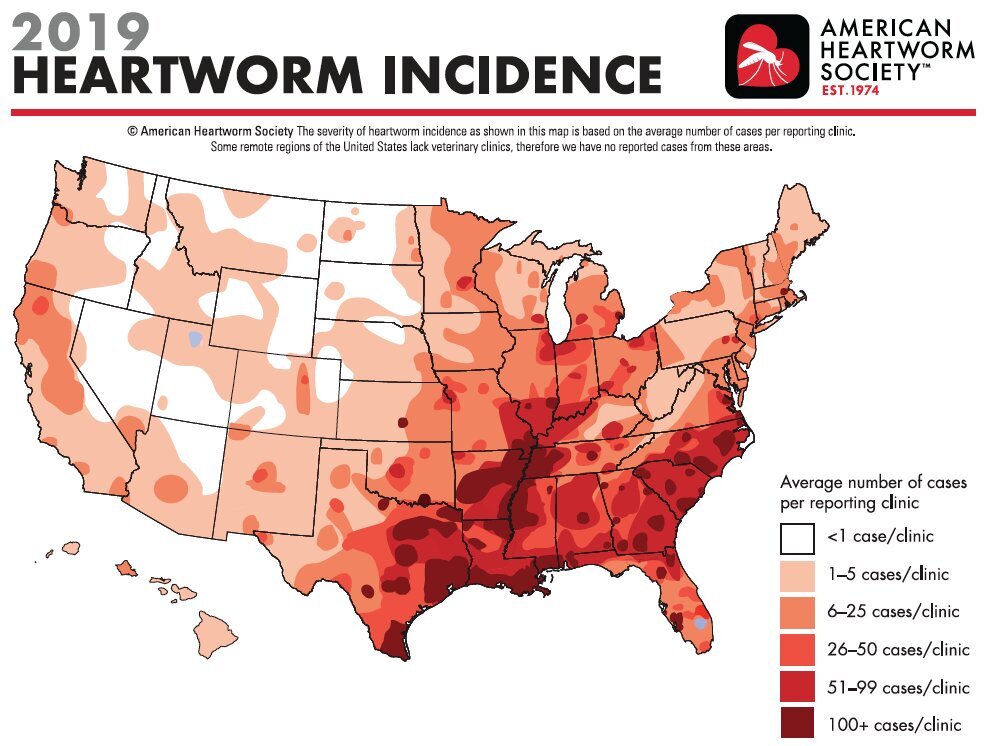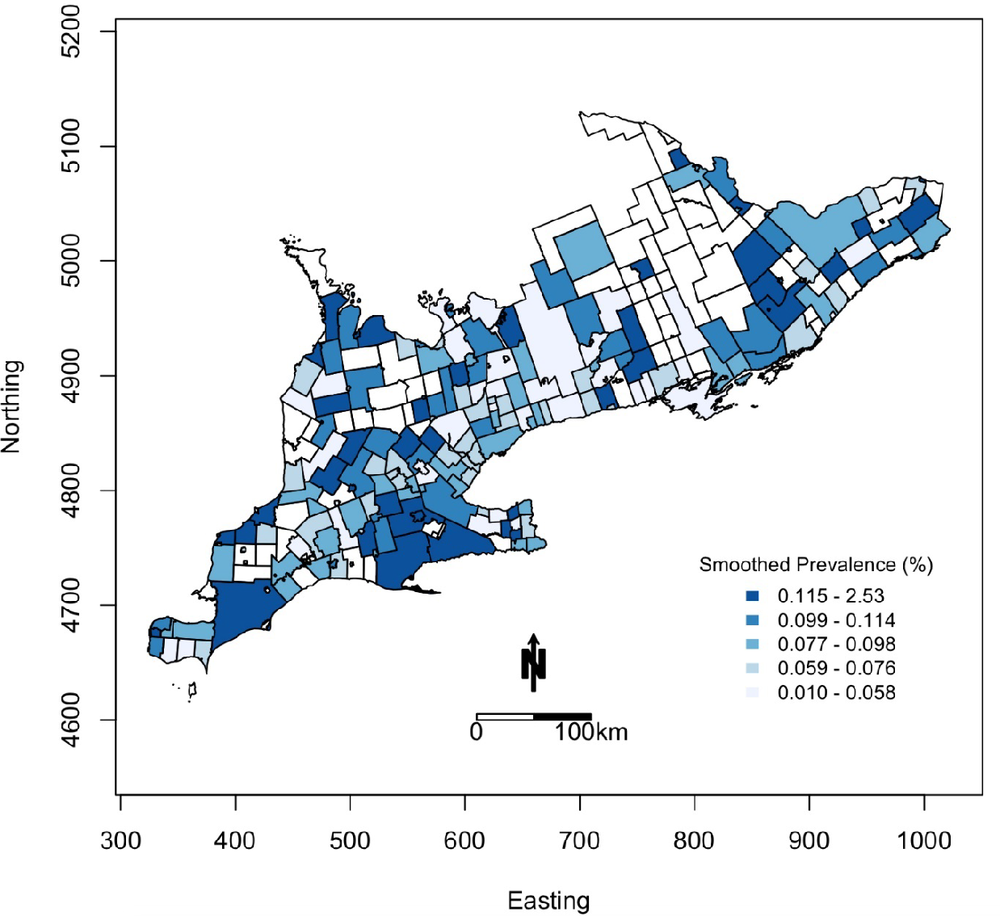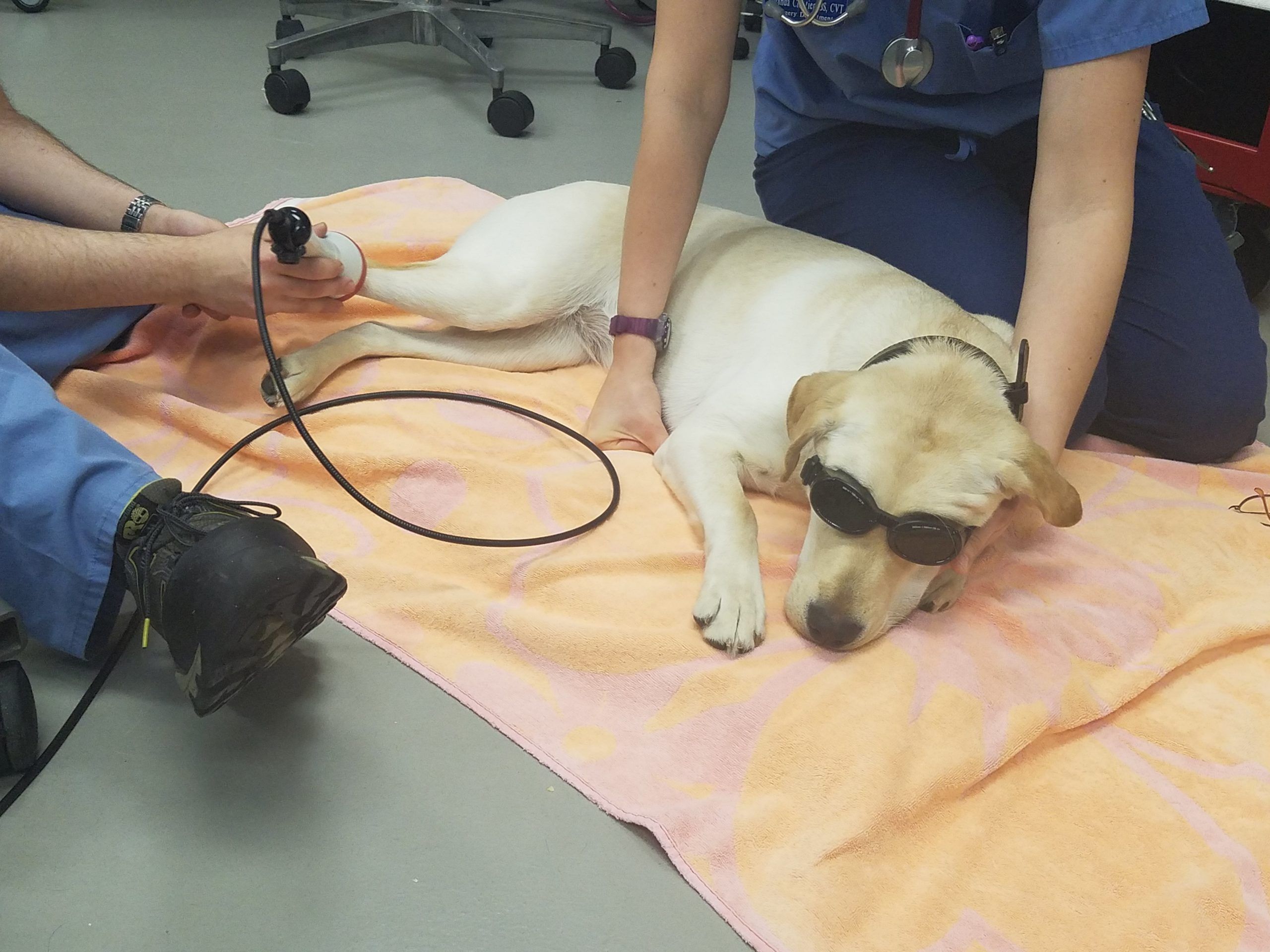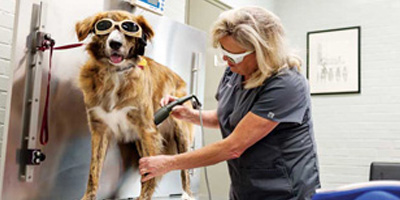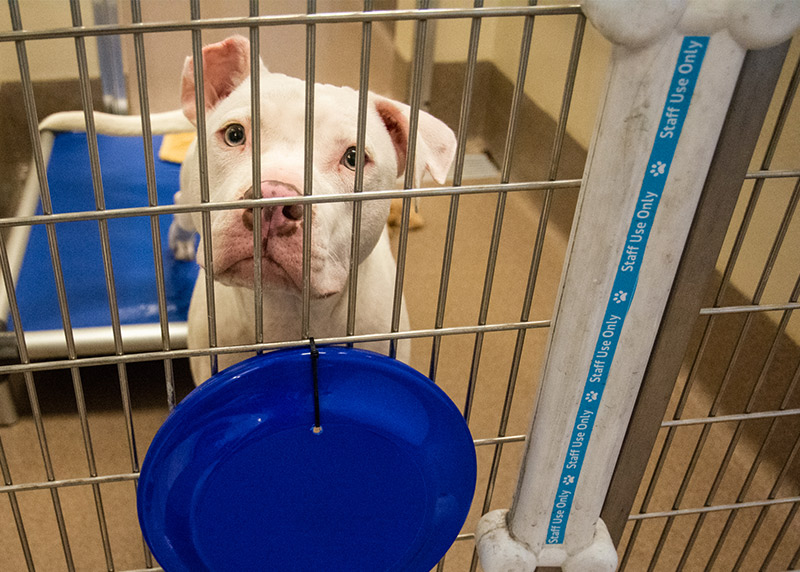Sounds like a Twilight Zone episode:
:max_bytes(150000):strip_icc()/GettyImages-1271808856-2000-cf735897c176430bb4c1a2ee06d834ad.jpg)
 www.southernliving.com
www.southernliving.com
Researchers think dogs may tell time for things like dinner and walks using their circadian rhythm as an internal body clock or by "smelling time" (the way each part of the day smells helps them identify what should be happening next).
:max_bytes(150000):strip_icc()/GettyImages-1271808856-2000-cf735897c176430bb4c1a2ee06d834ad.jpg)
What Time of Day Should You Feed Your Dog?
Does it matter if you feed your dog once or twice a day? What about at a certain time? Experts weigh in on what's best.
Researchers think dogs may tell time for things like dinner and walks using their circadian rhythm as an internal body clock or by "smelling time" (the way each part of the day smells helps them identify what should be happening next).
Last edited:

